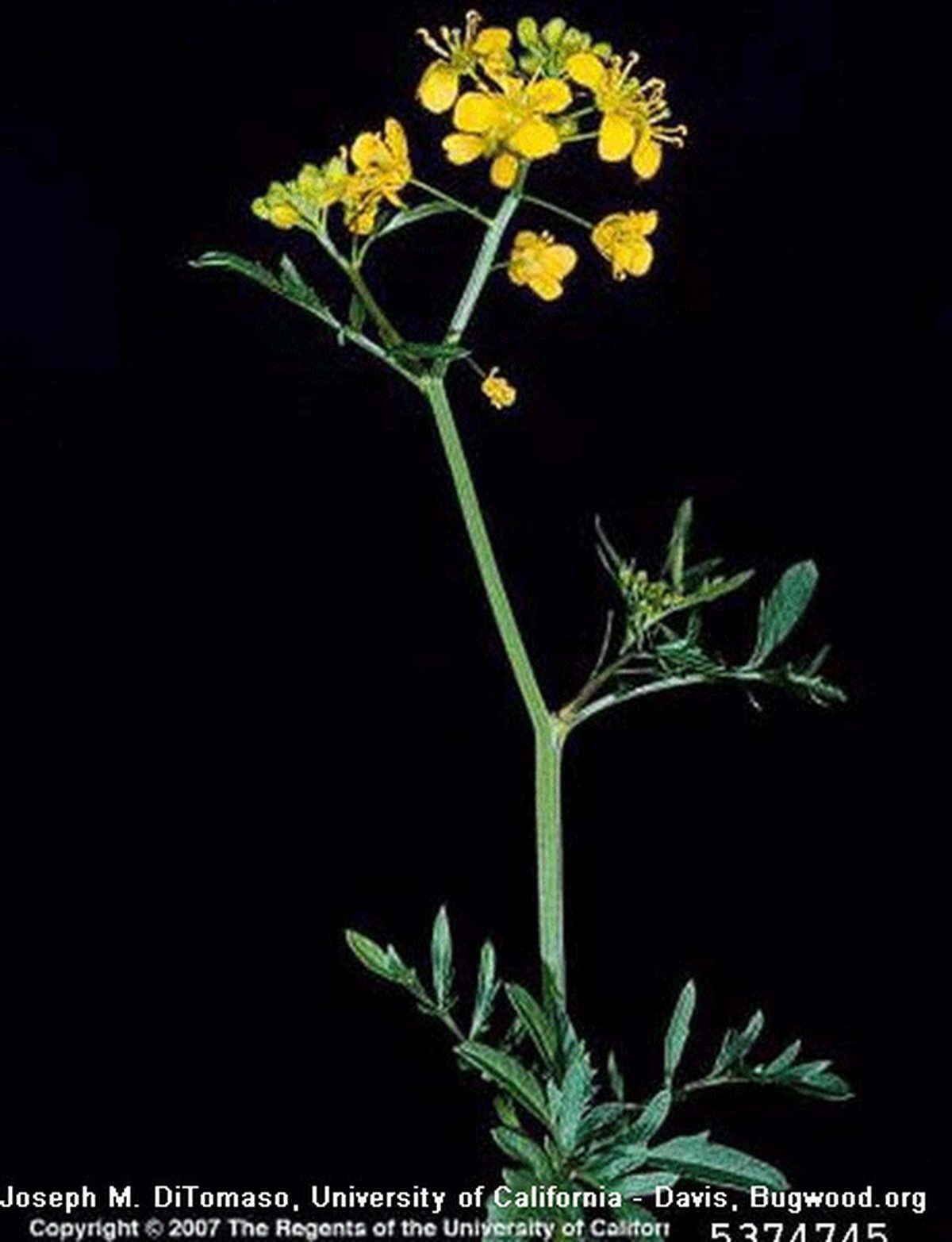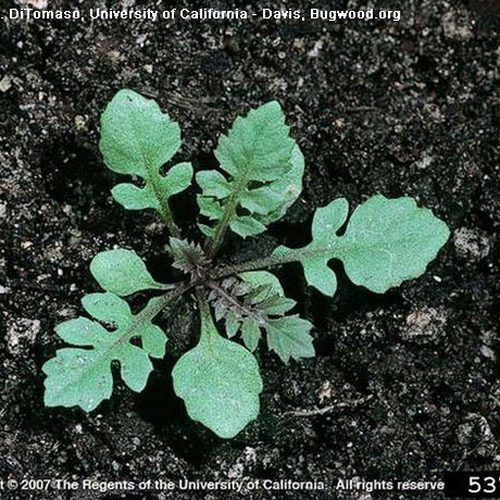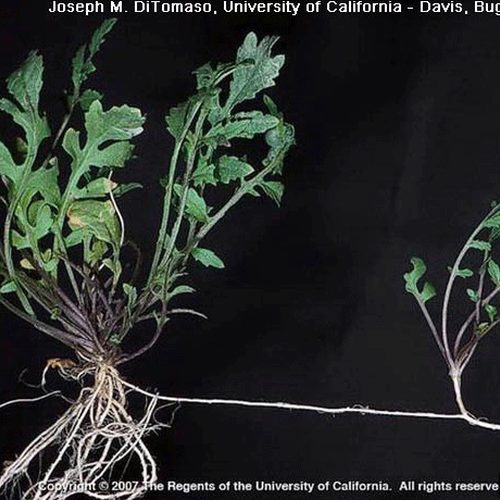Creeping Fieldcress
Rorippa sylvestris

Family: Brassicaceae
Weed class: monitor list
Year Listed: 1991
Native to: Asia and Europe
Is this Weed Toxic?:
not known to be
Why Is It a Noxious Weed?
This plant is on the monitor list - it is not a listed noxious weed in Washington. Please contact the noxious weed control board via noxiousweeds@agr.wa.gov to report locations or for more information.
How would I identify it?
General Description
Creeping fieldcress is a perennial plant that is hairless or sparsely hairy.
Flower Description
Flowers in elongated racemes of yellow flowers. Flowers have four petals, six stamens and are around 1/3 inch in diameter.
Leaf description
Basal leaves similar to stem leaves. Stem leaves with petioles, deeply lobed (3-6 lobes on each side), the terminal lobe is often broader than the other lobes. Leaf base typically not auriculate (with lobes). Leaf margins typically with toothing.
Stem description
Stems prostrate, laying out on the ground, or growing somewhat upright, or fully upright if held up by other vegetation, up to 3 feet in length.
Fruit Seed Description
Each silique (seed pod) is straight, ending in a short beak. Seeds, if produced, reddish brown, and ovoid.
Where does it grow?
Plants grow in ditches, damp areas, pond and lake edges, sandy beaches, disturbed areas, wet roadsides, meadows, fields, and gardens. Herbarium records document Rorippa sylvestris in parts of Washington, Oregon, Idaho, Montana and Canada.
How Does it Reproduce?
Seed, and vegetatively with creeping stolons
How Do I Control It?
Please refer to the PNW Weed Management Handbook, or contact your county noxious weed coordinator.





